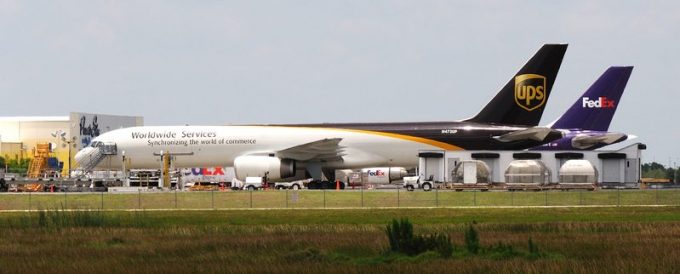Trump to axe de minimis exemption on 29 August – rates and red tape to soar
US de minimis privileges will be wiped globally as the CBP bolsters its capabilities, with ...

Industry analysts believe Boeing 757s have an attractive value proposition and are still a long-term investment for the air cargo sector – despite being elderly assets.
In March, Illinois-based aviation services company AAR Corp announced buying nine 757-200s, equipped with 18 RB211 engines, signalling a potential ...

Comment on this article
Clive Soper
April 25, 2023 at 2:25 pmI guess we’re nearing the end of the 757 conversion cycle with the A321 building momentum, being more efficient and a big chunk cheaper to operate whilst feedstock is increasing and feeding in.